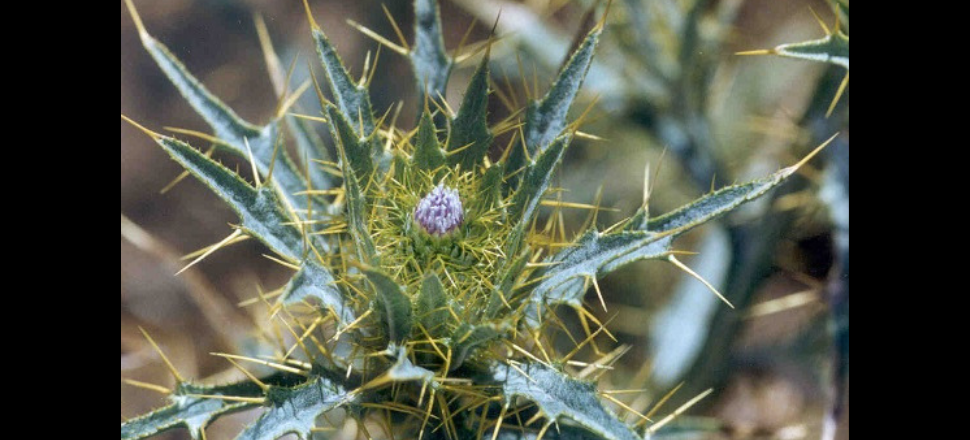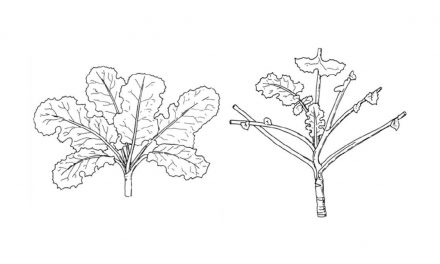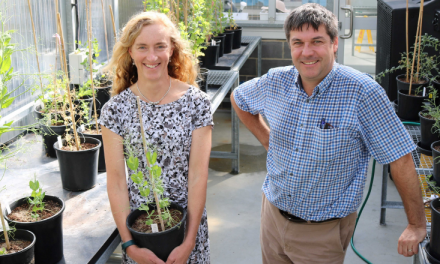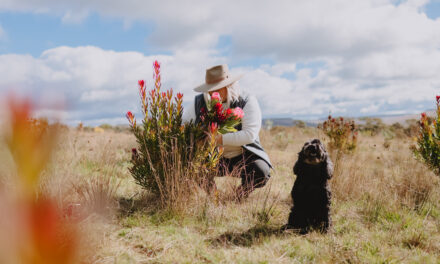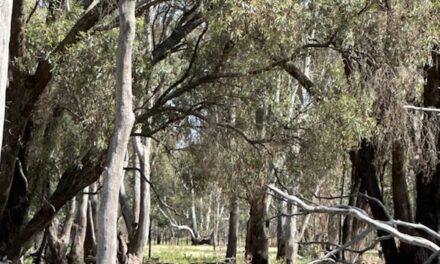Soldier thistle, a regionally prohibited weed in the north central catchment, will be the focus of Agriculture Victoria biosecurity staff over the coming months.
With infestations of the weed confirmed at Swanwater, Gooroc and Marnoo, surveillance of about 100 properties, including private property, public land and roadsides, is set to get underway.
Agriculture Victoria Leading Biosecurity Officer Michael Moerkerk said soldier thistle posed a significant risk to agricultural enterprises.
“It competes with crops and can choke harvesting equipment,” he said.
“The sharp spines of the plant can injure animals and it is generally avoided by stock.”
In spring, soldier thistle is easily identified by its pink-purple flowers, which form in clusters.
It grows to about one metre high and its leaves are covered with fine white hairs and yellow spines between 1-1.5 centimetres long, giving them a woolly appearance.
Mr Moerkerk said soldier thistle is primarily found along fence lines, roadsides, channel and dam banks and neglected areas of land.
“It is most commonly spread by the wind however seeds can also be carried on animals, vehicles, machinery and in water,” he said.
The aim of the surveillance programs being carried out is to identify infestations, provide best practice control advice and to prevent the weed spreading into unaffected regions.
“An integrated approach involving all land managers across all land tenures is the most effective way to achieve long term control,” Mr Moerkerk said.
“Good farm hygiene and biosecurity practices can prevent the spread of soldier thistle into new areas and also prevent further spread in already infested areas.
“Incorporating control of soldier thistle into your integrated pest management plan is vital to prevent further spread and impacts to neighbours and the broader region.”
For more information about weed management visit the Agriculture Victoria website. To report the weed in the north central catchment call the Customer Service Centre on 136 186.

